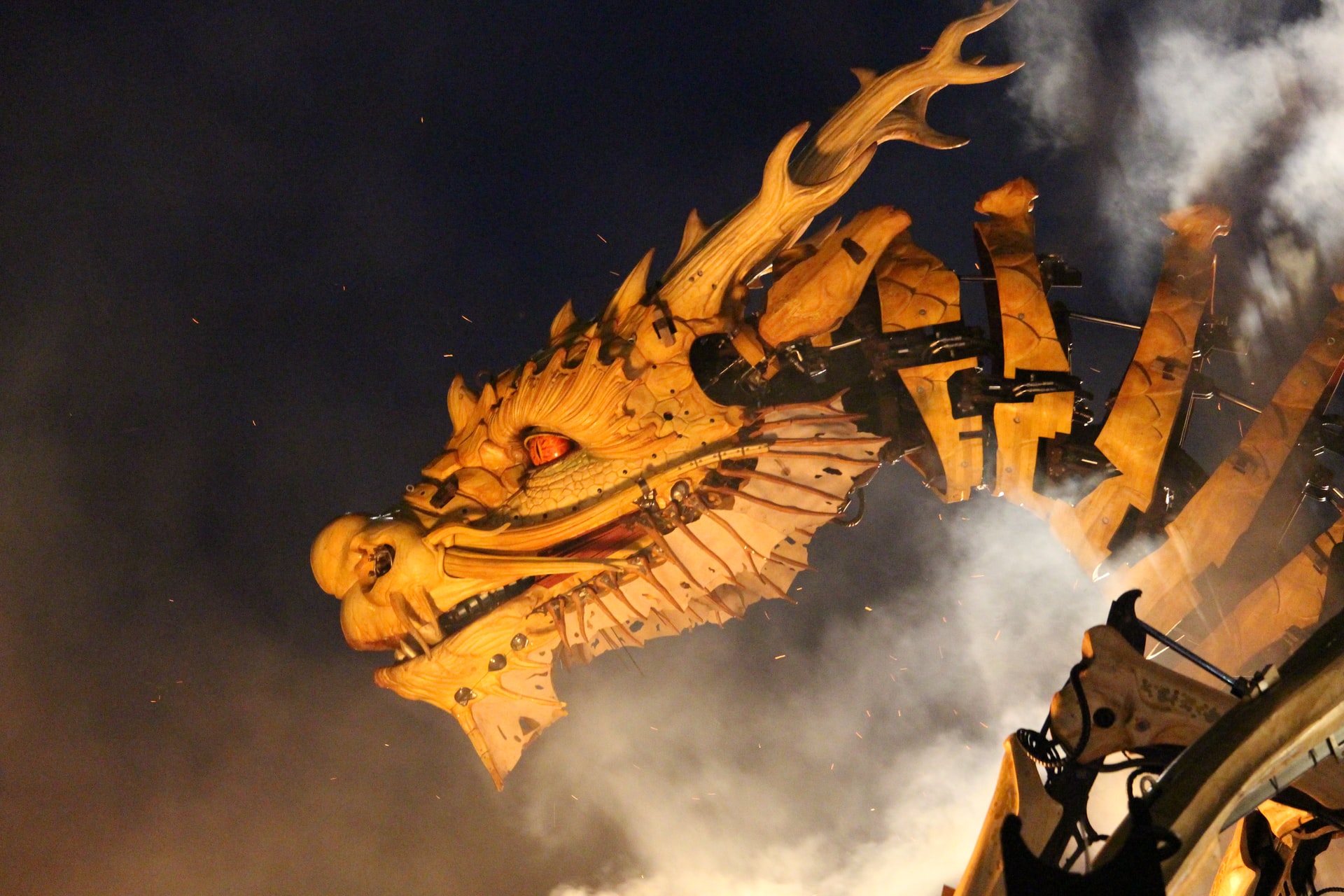The Tale of Custard the Dragon is the 10th poem of the book First Flight Class 10th. This is a humorous poem. This is the longest poem in Class 10th English poem syllabus. But it is very interesting to read about different pets of Belinda. This poem has very much to offer for examinations point of view. Student must take the objective approach to learn the poem.
This poem was written by Ogden Nash [Frederic Ogden Nash]. He was an American poet, famous for using Light Verse.
Light verse, poetry on trivial or playful themes that is written primarily to amuse and entertain and that often involves the use of nonsense and wordplay.
Britannica.com
In this poem, there are 15 paragraphs and 62 lines with 4 lines in each paragraph. Only paragraph number 13 has 6 lines. Major rhyme scheme is AABB but in the 13th Paragraph, rhyme scheme is AABBCC. This poem is the story of Belinda’s pet named Ink, Blink, Mustard and Custard.
Ink was a Black Kitten, Blink was a Grey Mouse, Mustard was a yellow Dog and Custard was a Dragon; considered as coward by fellow animals.
Theme
Major theme of this poem is difference of appearance and reality. Custard was considered as the most coward among 4 animals but when a pirate attacked the Belinda’s house – he was the only one who fought and save the house from intruding pirate.
Important Points of Custard the Dragon
- Showing off is one of the most viable traits in human behavior. Whether deserving or not – everyone claimed to be the best. All the animals except custard claimed themselves courageous but when the actual event came, nobody came to show their valor. Hence words and actions are always two different things.
- Through few animals, poet tried to show the depravity of human behavior also. Custard kept asking for a cage but ironically at the end of the poem, he did not get cage by Belinda.
- Students must learn the objective form of questions to cover this poem. If we analyze the questions asked in board examinations – maximum question were asked from objective point of view.
- There are few words which have significance to be asked for synonym i.e. Daggers, Tickled, Giggled, Yelp, Dungeon, Jangling, Squirm, Gobbled, Flustered, Pirate.
Question asked in Board Examinations
- What is the name of Belinda’s a) A little grey Mouse b) Yellow little dog? [B-2017]
- How this poem is a ballad? [C-2017, D-2019, B-2020]
- Where did Belinda live? What is the name of her little black kitten? [D-2017]
- Where did Belinda live and which animals lived with her? [A-2018, B-2020]
- How does the poet described the dragon mouth and nose? [D-2018]
- Why did custard cry for a nice cage? Why is the dragon called the cowardly dragon? [B-2019]
- What are the name of Belinda’s pet? [C-2019]
- Belinda describes her pet the dragon as coward. What was he really coward, if not – how does he proves his courage and heroism? [C-2020]
Analysis
- In previous 4 years, there were 11 questions asked in board examinations. 8 questions were unique and 2 questions were repeated.
- Question 2 was repeated in 2019 and 2020 after 2017. Ballad is often a long poem stating some story. This poem is also telling us a story hence we can consider this poem as ballad. Question 4 was repeated in 2020 after 2018. Keep this trend in consideration – students must learn all the information [whether it seems trivial] about pets to answer maximum questions.
- All questions needs objective approach hence no need to make lengthy notes out of this poem.
| Year | 2017 | 2018 | 2019 | 2020 |
| Question Came in Code | B, C, D | A, D | B, C, D | B, C |
Comprehension or Passage
- ‘Belinda embraced him …………………………………… ate the pirate’, came in Year 2018 Code C. Major synonym were asked for the words Regret and Move that mean Mourn and Gyrate in the text.
- ‘Belinda paled ……………………………………………………. strategically mouseholed’, came in Year 2018 Code D. No major synonym was asked from this poem.
Following is the text taken by NCERT First Flight for Class X and analysis is carried out on the basis of Board of School Education, Haryana previous year question papers. Read the Text of the chapter for enhancing reading and speaking skills.








